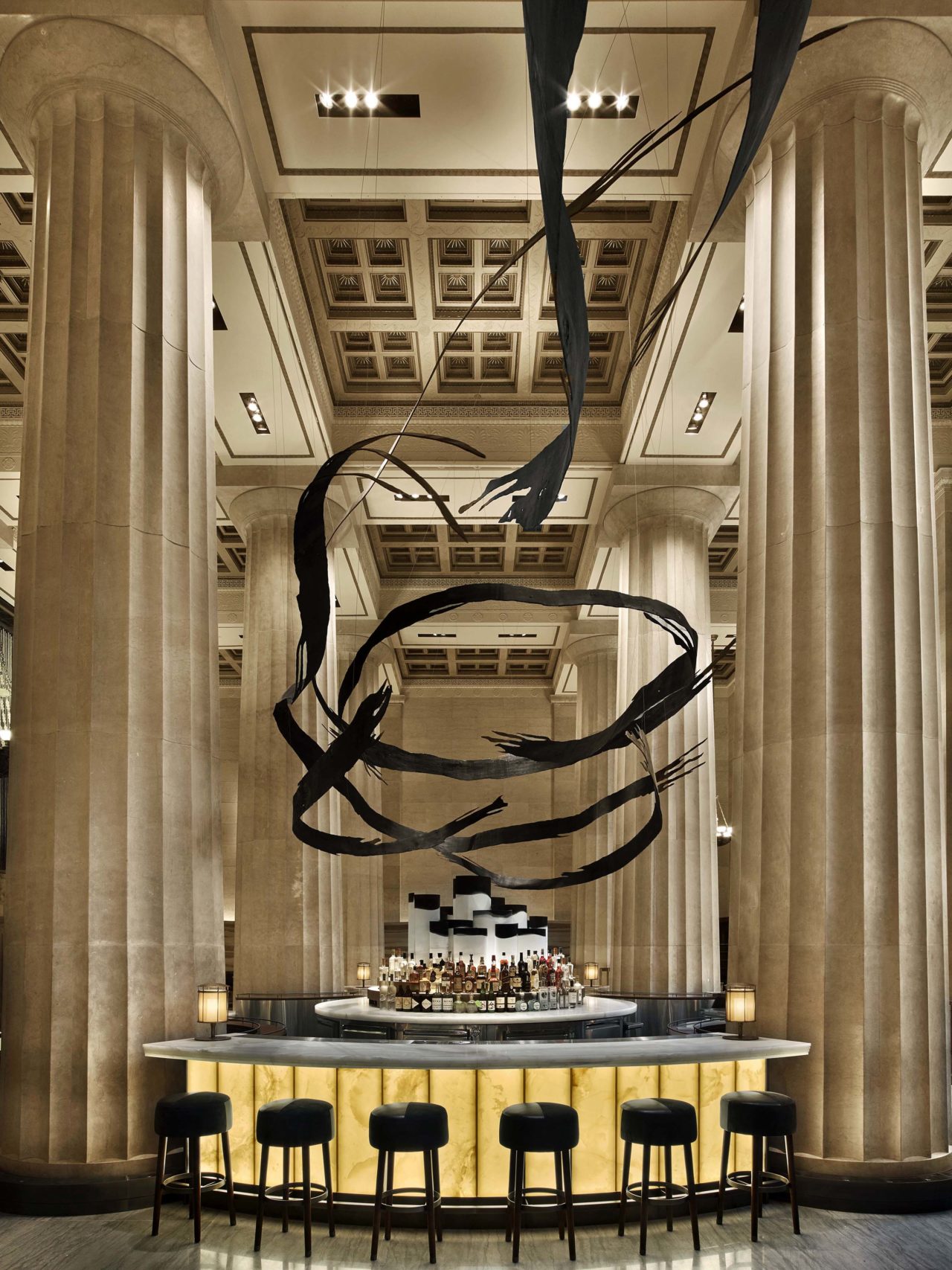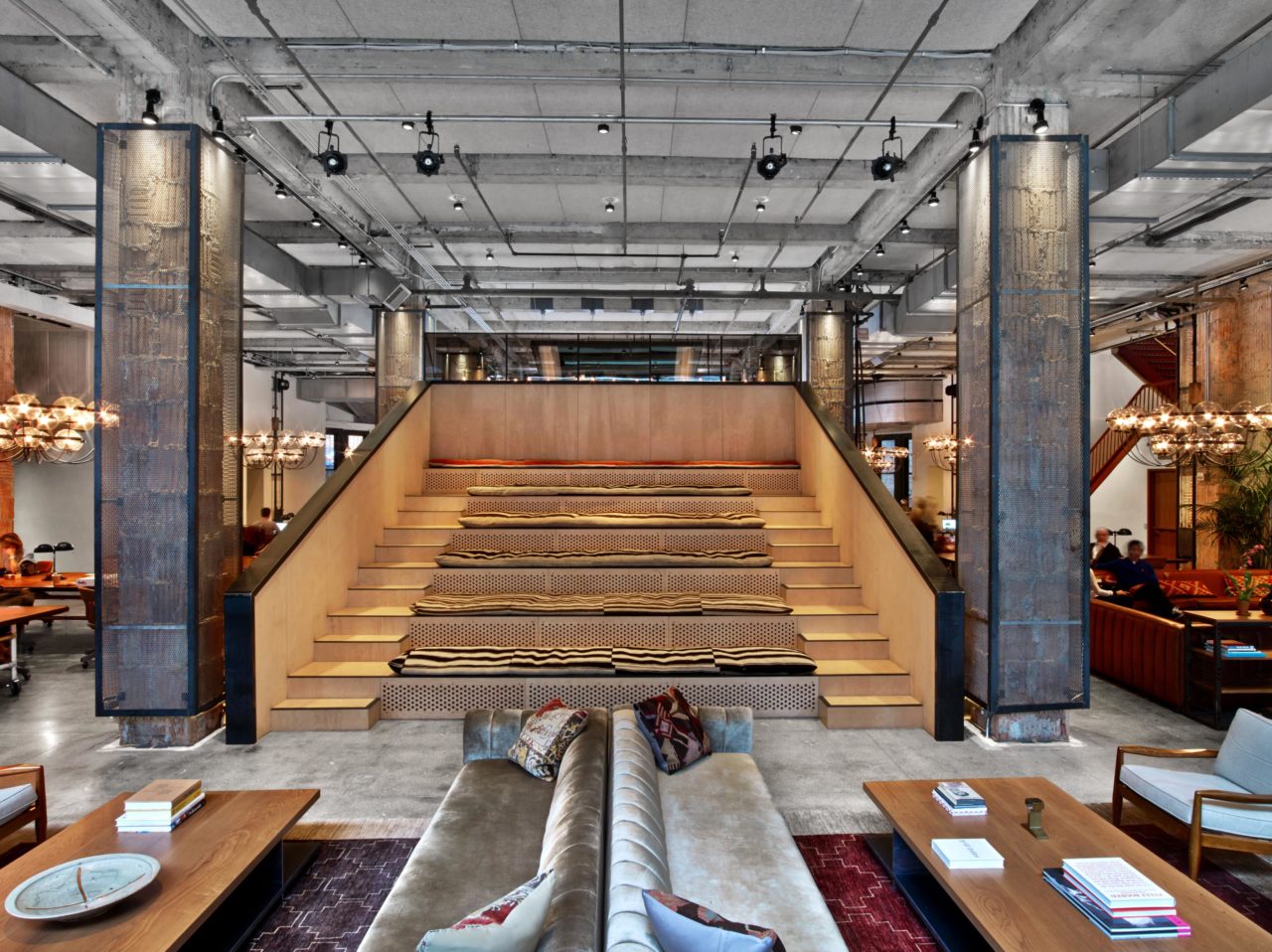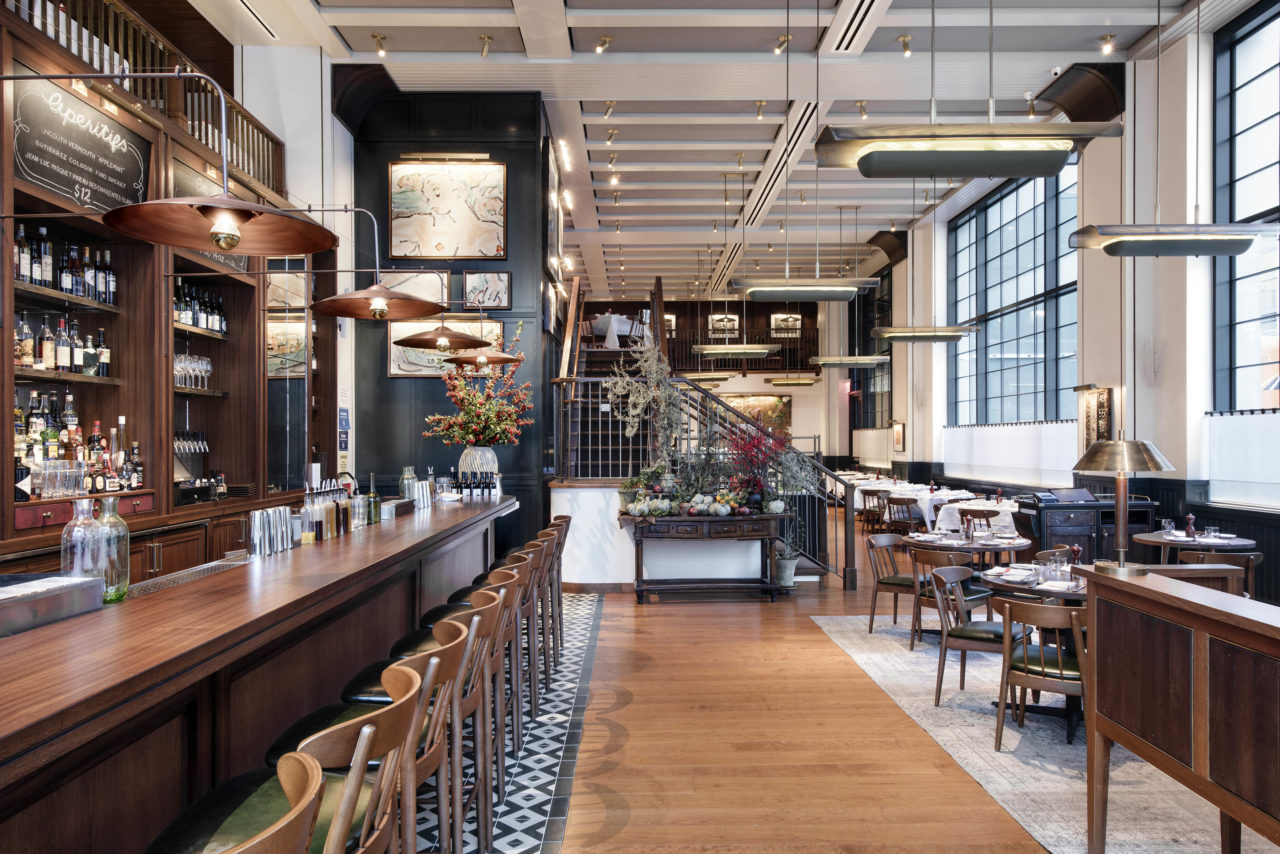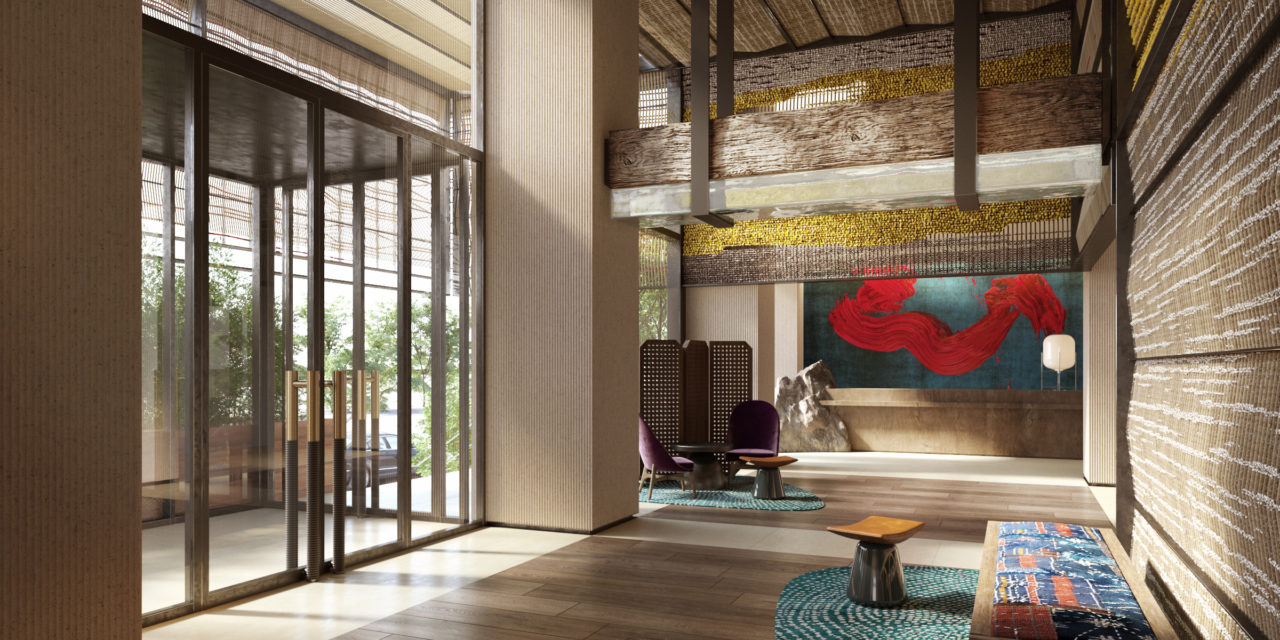by: Alexander Luckmann
An expert in hospitality design, Greg Keffer, AIA, was recently elevated to Partner at Rockwell Group. Having previously served as Principal at STUDIOS Architecture and Design Director at Jeffrey Beers International, he joined Rockwell Group in 2012. His recent and current work includes 15 Hudson Yards, Nobu Downtown, and Neue House Madison Square, all in New York City, as well as national and international projects such as the Nobu Hotel Barcelona and the Brightline, a new train line in Florida. Keffer, whose work is marked by an attention to materials and light, is profoundly interested in the way we live, work and play. Much of his work is for international hospitality chains, and he aims to anchor each project in its local context while maintaining a consistent global brand. His awards include the 2017 NYCxDesign Restaurant and Bar Award for Nobu Downtown. Here, he talks about using his experience across various sectors and what being a Partner means to him.
Q: You were recently elevated to partner at Rockwell Group. What does this entail in terms of your work, and what does it mean for you personally?
A: I work best when I am juggling multiple projects. I really enjoy the challenge of solving a variety of design issues at different scales and within various typologies simultaneously. That said, I’m looking forward to further expanding the scope of our firm’s work—especially projects related to public space and hospitality.
Q: Rockwell Group’s work goes beyond architecture to include design of everything from sets to exhibitions to lights to playgrounds. How does this work inform, and how is it informed by, your architectural projects?
A: Rockwell Group is organized into seven smaller studios, re-directing the highly creative energy of our designers into more nimble teams. Our studio is very focused, yet highly collaborative, and we support the cross-pollination of ideas within and between the groups. To encourage innovation among our designers, each studio works on a diverse array of projects.
Q: Much of your work is for clients opening new hospitality locations around the world. How do you maintain continuity in these projects while making sure that each one is individual?
A: Storytelling is more important than ever in hospitality these days, as clients want to provide a unique, immersive experience for their guests. Lately we’ve been designing in historically significant properties and these spaces come with troves of built-in stories. We pour over that history and those anecdotes, weaving allusions to the past into our design concepts and details, and sometimes even inventing our own backstories that are never conveyed to the client or public. We try to connect our hospitality projects to the local culture and context, anchoring them in a specific place and time, while also making guests feel as if they are stepping into a different world.
Q: Rockwell Group is perhaps best-known for hospitality, cultural and theater projects, but you also do many civic projects and other types of work. Once current example is the Brightline, for which Rockwell Group designed the stations and the branding and exteriors and interiors of the trains. How does your experience factor into such civic projects?
A: We were asked to create a new passenger train experience from the rail up that would shape nearly every facet of the train travel experience from a hospitality point of view. Utilizing a cross-studio approach that started with the LAB at Rockwell Group, which was responsible for branding as well as the exterior and interior design of the trains, the project grew to involve my studio, which designed interior concepts for the train stations.
In designing the Brightline travel experience from check-in lounge to platform, we looked through the lens of hospitality to transform all four locations (Miami, West Palm Beach, Ft. Lauderdale, and Orlando) into transportation and social hubs that provide a seamless experience to travelers. A common design concept, aesthetic, and material palette connect the terminals, making wayfinding and navigation from roadside to rail as smooth as possible.
Q: How are you involved with AIA New York, and why is this important for you?
A: We recently hosted a tour of our office for AIANY | Center for Architecture’s Archtober Workplace Wednesday series. There was a great turnout and it’s apparent that the AIANY has done an amazing job of creating a large and diverse community of architects, students, and design enthusiasts.












